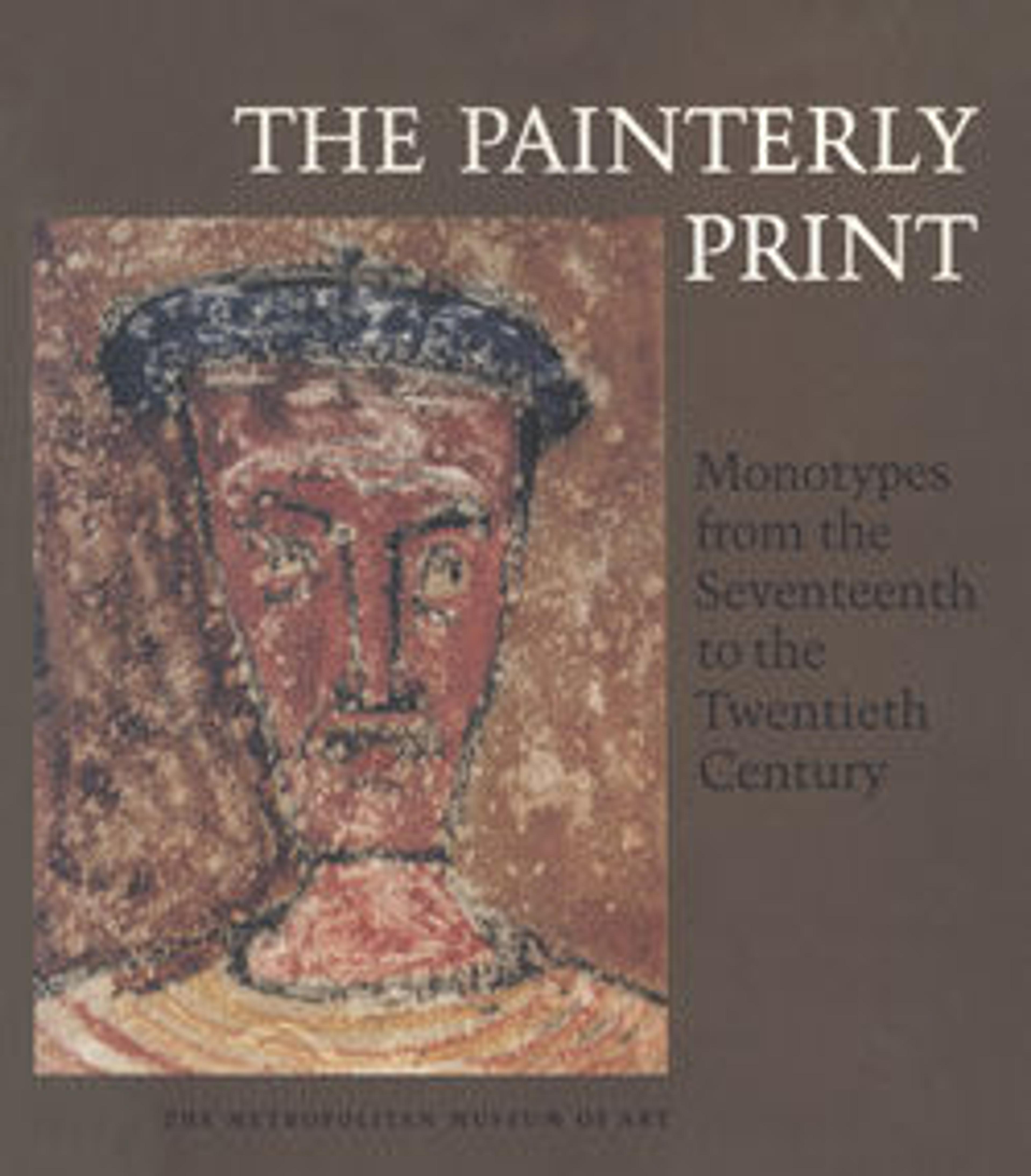The Painterly Print: Monotypes from the Seventeenth to the Twentieth Century
Monotype is a print medium whose simple concept, spontaneous process, and elegant result attract both artists and collectors. The earliest monotypes date from the 1640s, when Giovanni Benedetto Castiglione printed compositions he drew into ink spread on un-incised metal plates. Since then, artists have periodically rediscovered the technique for themselves. Degas's prolific experiments with monotype at the end of the nineteenth century led to some of the most beautiful examples ever. Indeed, their exhibition in 1968 at the Fogg Art Museum in Cambridge, Massachusetts, was a major factor in the recent surge of interest in the medium by artists and art historians. This book presents the first historical survey of monotypes. Curators from the departments of prints, drawings, and photographs at The Metropolitan Museum of Art and the Museum of Fine Arts, Boston, discuss and illustrate 106 unique prints by forty-two artists ranging from Rembrandt and Castiglione, Matisse and Picasso, Prendergast and Chase, to such diverse contemporary figures as Jim Dine, Sam Francis, Robert Motherwell, and Richard Diebenkorn.
An essay by art historian Eugenia Parry Janis explains how the mid-nineteenth-century etching revival fostered a dramatic use of creatively inked etching plates and thus a renewed interest in monotypes. Finally, artist Michael Mazur describes the methods of monotyping as well as the exhilarations and frustrations it can produce for the printmaker. Working with special paper, inks and paints, multiple plates, and images altered in sequence, artists have expanded a personal and experimental medium into a brilliant means of exploring their ideas.
Met Art in Publication
You May Also Like
Press the down key to skip to the last item.





